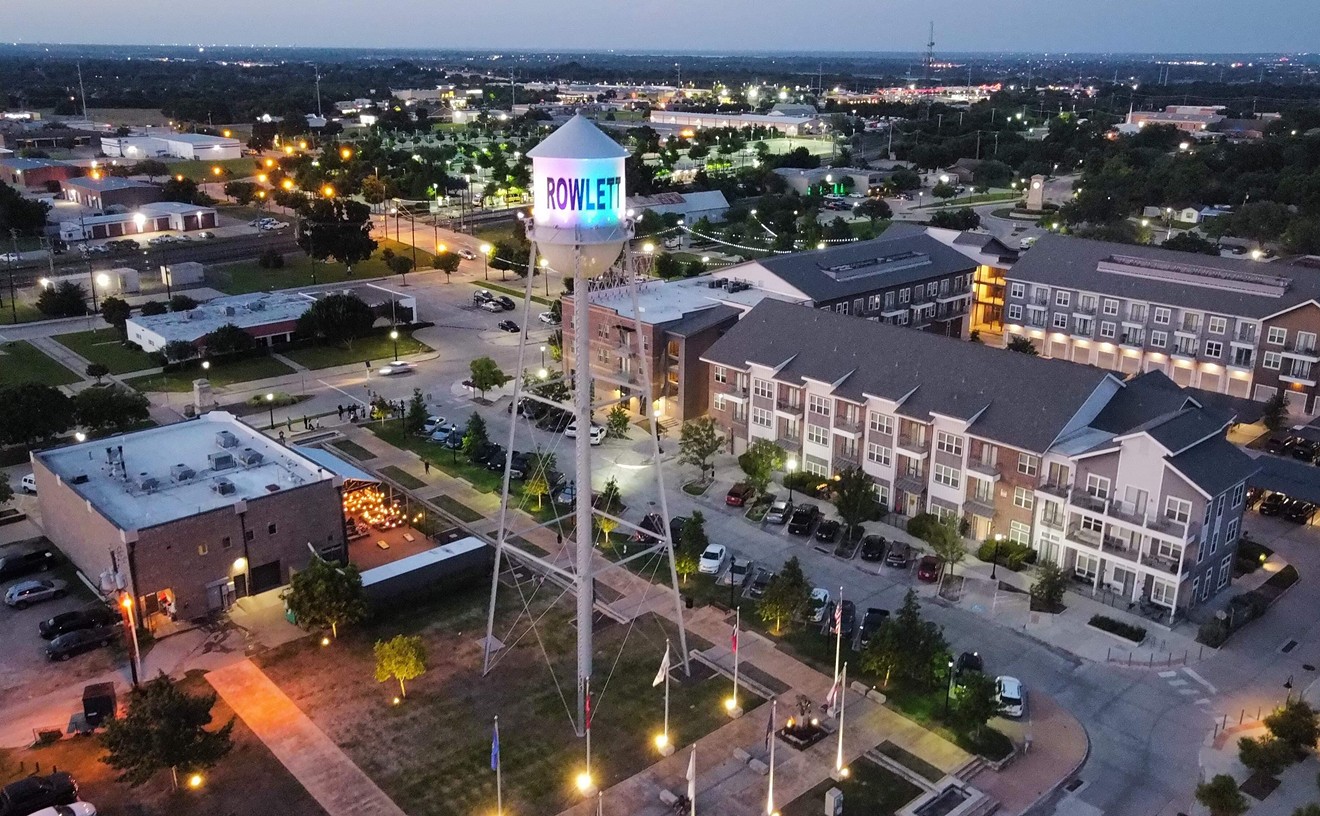The EPA limit on arsenic levels is 10 parts per billion. In Jim Hogg County in South Texas, rates over the last two years were more than five times higher, at 56.2 parts per billion, and the county's long-term average is 43.2 parts per billion. Klondike Independent School District in Dawson County, which has its own water district, has a long-term average of 27.8 parts per billion.
"The public is not being advised to avoid this contaminated water — not to drink, not to cook with it. Instead, the state's public notices [about potential high levels of arsenic in drinking water] say that people don't need to find an alternative water source. That's not appropriate for contamination that's persisted for so long," Eric Schaeffer, executive director of the Environmental Integrity Project, said Monday.
Most of the communities identified as having high levels of arsenic in their drinking water are in West and South Texas. None are in North Texas.
Arsenic occurs naturally in much drinking water, but prolonged exposure to the substances can increase the risk of cancer, heart disease and other health problems, the Environmental Integrity Project says in a report issued Monday. The EPA requires that areas with high levels of arsenic in drinking water issue notices, but it allows states to create their own wordings for the warning. The Texas Commission on Environmental Quality says that the levels of arsenic found by the Environmental Integrity Project don't pose an immediate risk to the safety of those drinking it, something the commission reiterated in a response to the report:
In a response, Schaeffer said that the state missed the point. Even when arsenic levels don't pose an immediate health threat to those drinking the water, the potential effects of prolonged exposure still loom.
“TCEQ follows EPA guidelines in arsenic notifications, including using the exact language in the letters as suggested by EPA, as well as using EPA drinking water standards, sampling methods, and analytical methods. The potential danger of arsenic intake is very specifically detailed in the notification letters.
"The TCEQ agrees with USEPA that arsenic levels typically found in the United States, specifically Texas, do not pose an immediate health threat. Drinking water standards are set to protect people drinking 2 liters of water per day for 70 years. The fact that typical Texas arsenic drinking water levels are not an immediate health threat is supported by the National Academy of Sciences and USEPA’s independent Science Advisory Board. Studies of arsenic in drinking water in US populations (with much lower arsenic drinking water levels) do not consistently find associations with cancers. The health effects associated with arsenic were characterized in studies of Taiwanese populations chronically exposed to arsenic levels 10 to 20 times higher than those found in Texas.
"Out of the 65 water systems cited in the study, all but two are currently under enforcement, or have undergone enforcement, either by the TCEQ, EPA, or Texas Attorney General.
"The TCEQ also provides technical assistance to help water systems that are not complying with arsenic drinking water standards. That includes assisting these water systems in finding funding opportunities to enable them to meet standards.”
“TCEQ’s statement completely misses the point of the Environmental Integrity Project report, and is also inaccurate in one respect.Unlike other contaminants, arsenic cannot be removed from water through boiling. Arsenic must be removed at a system-wide level. The Andrews water system, which made the report's list and serves about 11,000 people, recently got a $200,000 loan from the EPA in order to upgrade its water treatment facility.
"The state agency said: ‘TCEQ follows EPA guidelines in arsenic notifications.’ That is not correct. The EPA rules do not require Texas to advise its own citizens that, ‘This is not an emergency….You do not need to use an alternative water supply;’ when water violates arsenic limits. Under the federal rules, states are left to decide whether to advise the public to avoid drinking water that doesn’t meet the standard. As our report points out, a number of states already advise their citizens not to drink or cook with water that exceeds the federal standard. Texas does not do that.
"TCEQ said that the arsenic levels found in Texas ‘do not pose an immediate health threat.’ The question is not whether arsenic is an ‘immediate’ health risk. The problem is that continuing to consume water that violates Safe Drinking Water arsenic limits year after year – sometimes at levels that are three, four, or even eight times the standard – will significantly increase the risk of cancer, heart disease and other health problems. Smoking a cigarette may not pose an ‘immediate’ health risk either. But continuing to do so over time makes cancer much more likely," Scaeffer said in a press release responding to the The Texas Commission on Environmental Quality statement.











